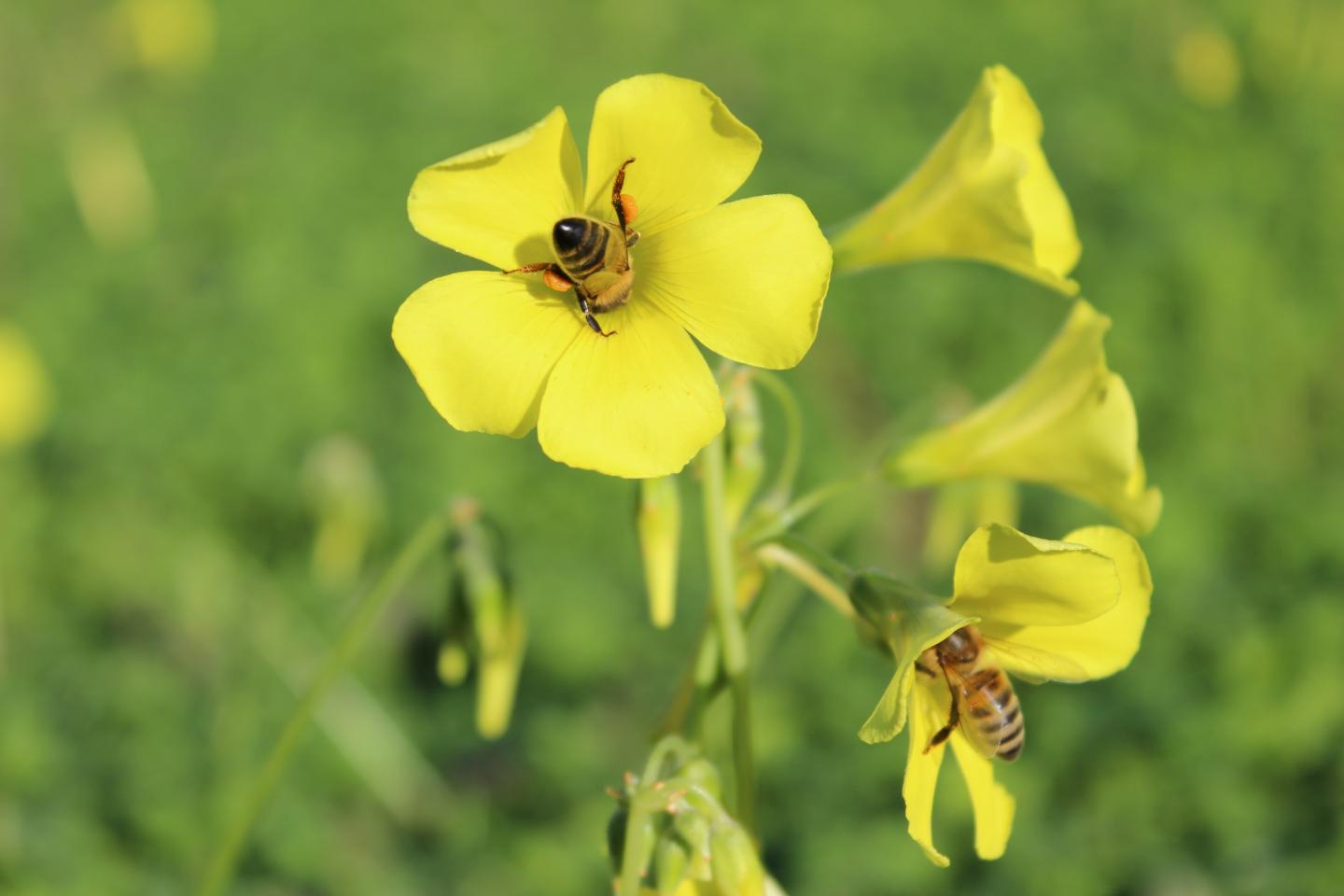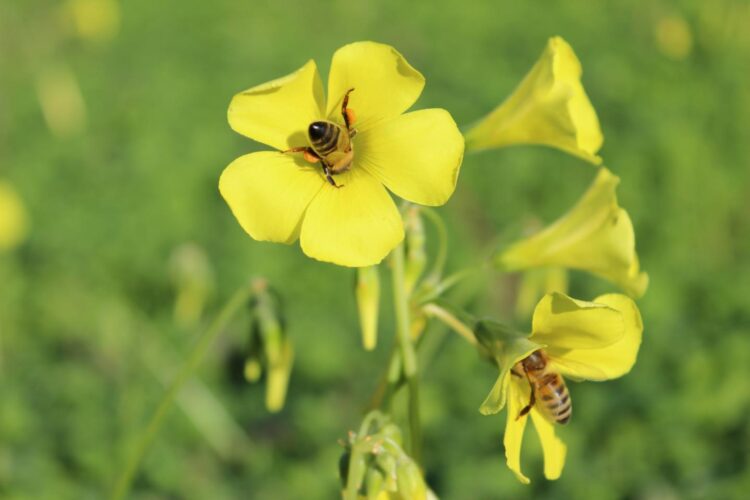
Credit: Mark van Kleunen
Humans have cultivated plants outside their native ranges for thousands of years. But as the world became increasingly interconnected over the past five hundred years, the scale of cultivation of non-native plants for economic value – for example as food, ornamentation or for medicinal purposes – has intensified. For the first time, a team of researchers led by University of Konstanz ecologist Mark van Kleunen has carried out scientific analyses to assess how economic use of non-native plants relates to their naturalization success (i.e. their establishment in the wild) around the world.
Cultivation a major driver of the introduction of alien plants
The international team of biologists from the University of Konstanz, Taizhou University and Fudan University (both in China), the University of Vienna, the Czech Academy of Sciences, Durham University and Georg August University of Göttingen analysed a global dataset on 11,685 economic plant species (World Economic Plants database) in combination with a global dataset on 12,013 naturalized plant species (Global Naturalized Alien Flora database).
The results, which were published in Nature Communications this week, suggest that cultivation for economic use is the major pathway for the introduction of naturalized alien plants in regions across the globe.
Economic plants are more likely to naturalize
“As an ecologist, I’m mainly interested in what determines the success of a plant species, particularly alien plant species”, says Mark van Kleunen, lead author on the study. “Many contemporary studies look into their spread, trying to understand why these aliens are able to establish themselves in areas well beyond their native ranges. What these studies tend not to take into account is how and why they were introduced in the first place”.
The results of the study confirm that there is a direct link between cultivation for economic purposes and naturalization: Plants with an economic use were 18 times more likely to naturalize than species without any known economic use, and plants with multiple economic uses were the most likely to naturalize. More than 50 percent of the plant species used as ornamental garden plants or for the production of animal food, which are among the most widely cultivated plants, have become naturalized somewhere in the world.
Plants from Northern Hemisphere among the most successful
Previous studies have shown that Northern Hemisphere continents are the most prolific when it comes to donating naturalized species, especially Europe. “Our research suggests that this is because more plants from the Northern Hemisphere have been cultivated for economic use elsewhere, and not because they are in some way superior or have an innate ability to naturalize outside their native environments”, says Dr Trevor Fristoe, another University of Konstanz author on the study. Economic plants of Asian origin, however, were shown to have the greatest naturalization success.
Cultivation bias drives phylogenetic patterns in naturalization
The study further shows that phylogenetic patterns in the naturalized flora are partly due to which plants we cultivate. Naturalized species have been shown to be far more frequent in some families of the world’s global seed plant flora than in others. While these patterns have been attributed to shared traits among closely related species that promote naturalization success, the new insights generated by van Kleunen et al. raise the possibility that these patterns are caused by a phylogenetic bias in the species selected and cultivated for their economic value.
Facts:
- – Pioneering global study led by University of Konstanz ecologist Mark van Kleunen on the naturalization of plants shows that the economic use of plants plays a crucial role in driving global plant naturalization patterns.
– Analyses of a global dataset on 11,685 economic plant species in combination with a global dataset on 12,013 naturalized plant species show that plants with an economic use were 18 times more likely to naturalize than species without any known economic use.
– Original publication: Mark van Kleunen, Xinyi Xu, Qiang Yang, Noëlie Maurel, Zhijie Zhang, Wayne Dawson, Franz Essl, Holger Kreft, Jan Pergl, Petr Pyšek, Patrick Weigelt, Dietmar Moser, Bernd Lenzner and Trevor S. Fristoe, Economic use of plants is key to their naturalization success, Nature Communications, 24 June 2020. URL: https:/
– Plants with multiple economic uses were the most likely to naturalize, while economic plants of Asian origin showed the greatest naturalization success.
– The phylogenetic distribution of naturalized plants is caused in part by a phylogenetic bias among plants selected for economic use.
###
Note to editors:
You can download a photo here: https:/
Caption: Oxalis pes-caprae or Bermuda buttercup is native to South Africa, and has been introduced elsewhere as bee plant (for honey production) and for ornamental purposes. It is now widely naturalized elsewhere, like here on Crete (Greece).
Image: Mark van Kleunen
Contact:
University of Konstanz
Communications and Marketing
Phone: +49 7531 88-3603
Email: [email protected]
Media Contact
Julia Wandt
[email protected]
Original Source
https:/
Related Journal Article
http://dx.





